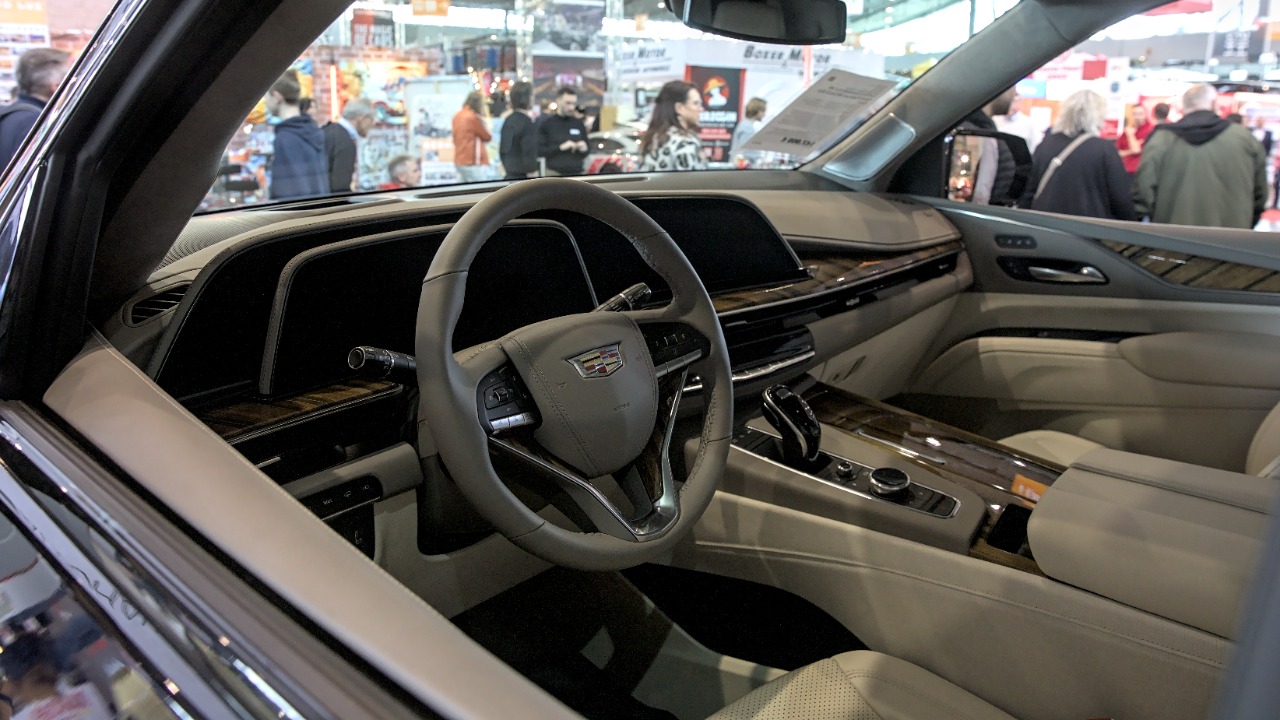
General Motors (GM) is making strides towards Level 3 (L3) autonomous driving, a stage that would allow drivers to take their eyes off the road under certain conditions. However, a recent analysis underscores the significant challenges that still lie ahead for the automaker in achieving this capability. Despite ongoing development through its Cruise division, GM faces substantial technical and regulatory hurdles that are far from being resolved. This places GM behind industry leaders in the race towards achieving unsupervised autonomy.
Understanding ‘Eyes-Off’ Autonomy
Level 3 autonomy, as defined by the Society of Automotive Engineers (SAE), allows for temporary eyes-off driving under specific conditions, such as on highways. This is a significant leap from GM’s current Level 2 systems, which require constant driver attention. The transition to L3 autonomy demands advanced technical prerequisites, including redundant sensor suites and sophisticated AI decision-making capabilities.
GM’s Cruise platform exemplifies the partial progress made towards these prerequisites. However, the safety implications of L3 autonomy, such as the need for seamless handovers to human drivers, remain a significant concern. As indicated by GM’s roadmap, this feature is not yet viable for consumer vehicles, highlighting the long journey ahead for the automaker.
GM’s Current Autonomous Capabilities
GM’s Super Cruise system, a Level 2 hands-free driver-assist feature, is operational on over 750,000 miles of North American roads. However, it still requires drivers to keep their eyes on the road. The Cruise division plays a crucial role in GM’s autonomy strategy, with robotaxi testing in urban environments like San Francisco since 2022. However, these operations are still supervised, indicating the limitations of GM’s current autonomous capabilities.
Recent milestones, such as Cruise’s expansion to new cities in 2024, demonstrate progress. However, as of October 27, 2025, no eyes-off L3 approval has been granted for GM vehicles, underscoring the challenges that lie ahead.
Technical Challenges for GM
GM’s autonomous systems face limitations in sensor and mapping capabilities. Adverse weather conditions and complex urban scenarios can degrade system performance, as evidenced by Cruise incident reports from 2023 involving pedestrian collisions. Furthermore, AI and machine learning hurdles persist, including the need for billions of miles of data that GM’s fleet has not yet accumulated, unlike its rivals.
Hardware redundancies are also required for L3 autonomy. GM has made investments in lidar and radar technologies, but integrating them for unsupervised eyes-off use remains a significant challenge.
Regulatory and Safety Hurdles
The U.S. regulatory landscape presents another hurdle for GM. The National Highway Traffic Safety Administration (NHTSA) guidelines prohibit unsupervised autonomy without federal approval. As of October 27, 2025, GM lacks L3 certification, indicating the regulatory challenges that the automaker faces.
International barriers also exist, with stricter EU rules on liability for eyes-off systems impacting GM’s global rollout plans. Safety validation processes are another concern. Cruise’s suspensions by the California DMV in late 2023 due to mapping errors have resulted in delays in GM’s autonomy timeline.
Competitive Landscape Pressures
GM’s progress towards L3 autonomy must also be viewed in the context of the competitive landscape. Tesla’s Full Self-Driving (FSD) beta is approaching eyes-off capabilities in controlled tests, but faces similar scrutiny. This positions GM as lagging in software iteration speed.
Waymo, with its fully driverless operations in Phoenix since 2020, serves over 100,000 paid rides weekly, highlighting GM’s Cruise division’s lag in unsupervised deployment scale. Mercedes’ Drive Pilot, the first certified L3 system in Germany and Nevada in 2023, underscores GM’s absence from such approvals and the need to catch up.
Investment and Timeline Realities
GM’s financial commitments towards achieving L3 autonomy are substantial, with over $10 billion invested in Cruise since 2016. However, ongoing losses reported at $1.2 billion in Q3 2024 strain the development of eyes-off capabilities. GM’s stated timeline for L3 consumer vehicles is around 2027-2028, but the October 27, 2025 analysis expresses skepticism about this feasibility given the integration challenges.
Partnerships, such as GM’s collaboration with Honda for autonomy tech, may accelerate progress. However, these collaborations do not eliminate the long road to eyes-off viability, underscoring the significant challenges that GM faces in achieving L3 autonomy.
More from MorningOverview